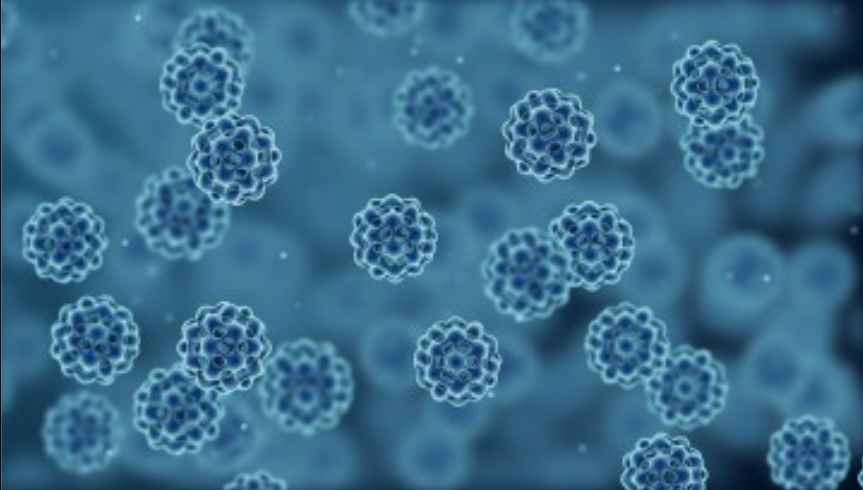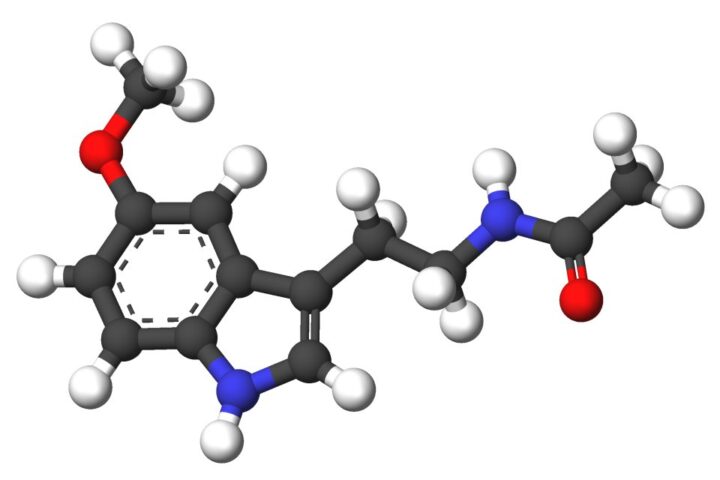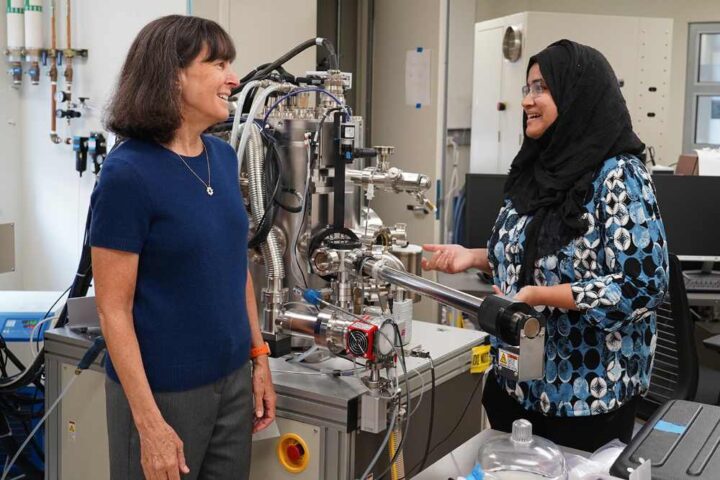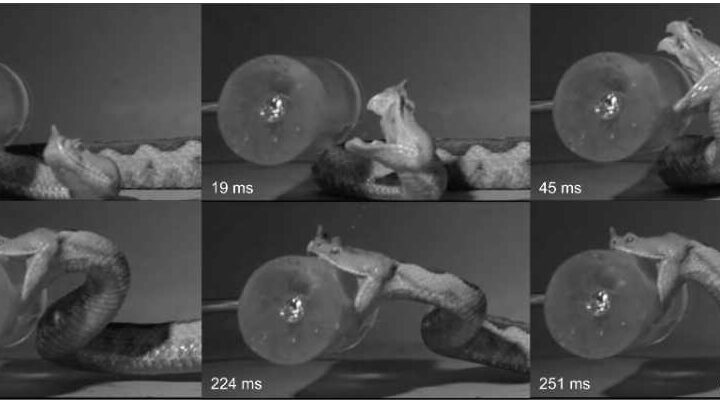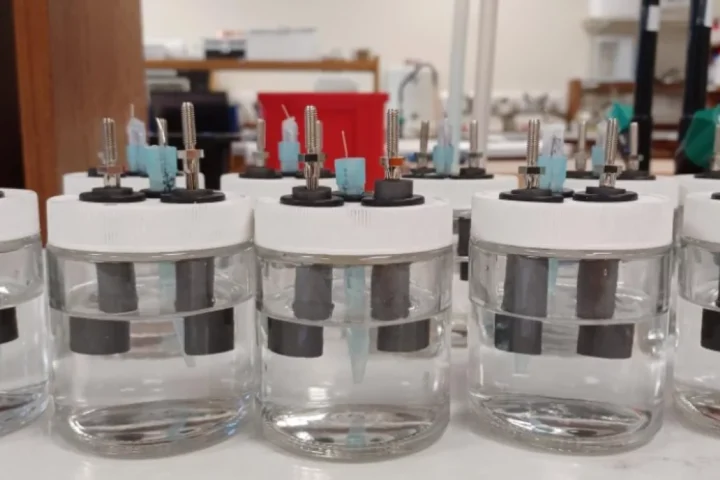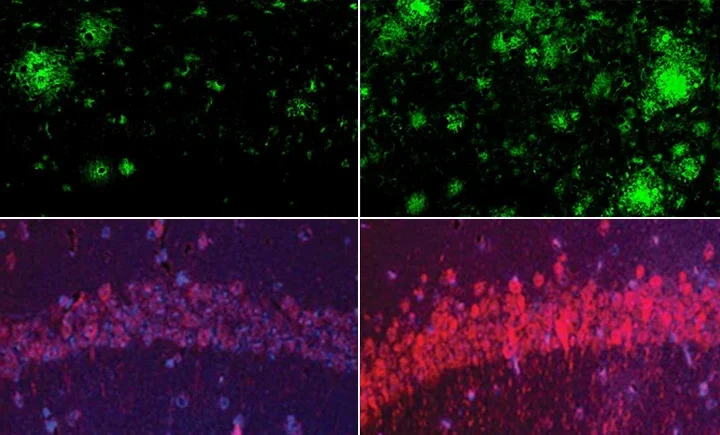A tiny but powerful microbe could be the key to solving two major global challenges at once. Scientists at Cornell University have engineered a bacterium called Gluconobacter oxydans that can both extract rare earth elements needed for modern technology and capture carbon dioxide from the air.
The research team, led by Professors Buz Barstow and Esteban Gazel, has spent seven years studying how these microbes interact with metals and minerals. Their work has resulted in three recent breakthrough papers published in Communications Biology and Scientific Reports.
“More metals will have to be mined in this century than in all of human history, but traditional mining technologies are enormously environmentally damaging,” explains Professor Barstow. Currently, the U.S. depends almost entirely on foreign sources, particularly China, for rare earth elements, creating supply chain vulnerabilities.
These rare earth elements are essential components in everyday technologies like smartphones, electric vehicles, wind turbines, and solar panels. Traditional extraction methods typically require harsh chemicals, high temperatures, and produce toxic waste.
The Cornell team’s approach harnesses natural processes but makes them significantly more efficient. By editing the microbe’s genome, they’ve achieved a 73% increase in rare earth element extraction. They identified 89 genes important for bioleaching, with 68 being previously unknown for this function.
“What we’re trying to do is take advantage of processes that already exist in nature but turbocharge their efficiency and improve sustainability,” says Gazel.
The carbon capture capability comes from the microbe’s ability to weather rock. As the bacteria break down rocks, they expose metals like magnesium and iron that naturally react with carbon dioxide to form stable carbonate minerals similar to limestone. This process permanently removes CO2 from the atmosphere – and the engineered microbes accelerate this natural carbon capture by an impressive 58 times.
Similar Posts
“This process can occur in ambient conditions, at low temperature, and it doesn’t involve the use of harsh chemicals,” explains Joseph Lee, a Ph.D. student involved in the research. “It naturally draws down CO2 and stores it permanently as minerals. We’re also recovering other energy-critical metals like nickel as byproducts. It’s a two-fold solution.”
The commercial potential of this technology is already being explored through REEgen, an Ithaca-based company co-founded by Alexa Schmitz, who worked on the research. The team is also working to make the process more economically viable by exploring the use of agricultural and food waste as cheaper carbon sources for growing the microbes.

While microbes have been used for copper mining for years (accounting for up to 20% of global copper supply), there are no known microbes for mining other metals. The Cornell researchers are changing this by building custom biomining microbes through genetic engineering.
This research represents a promising step toward more sustainable methods of securing critical minerals while simultaneously addressing climate change – all thanks to microscopic helpers working at room temperature without harsh chemicals.
